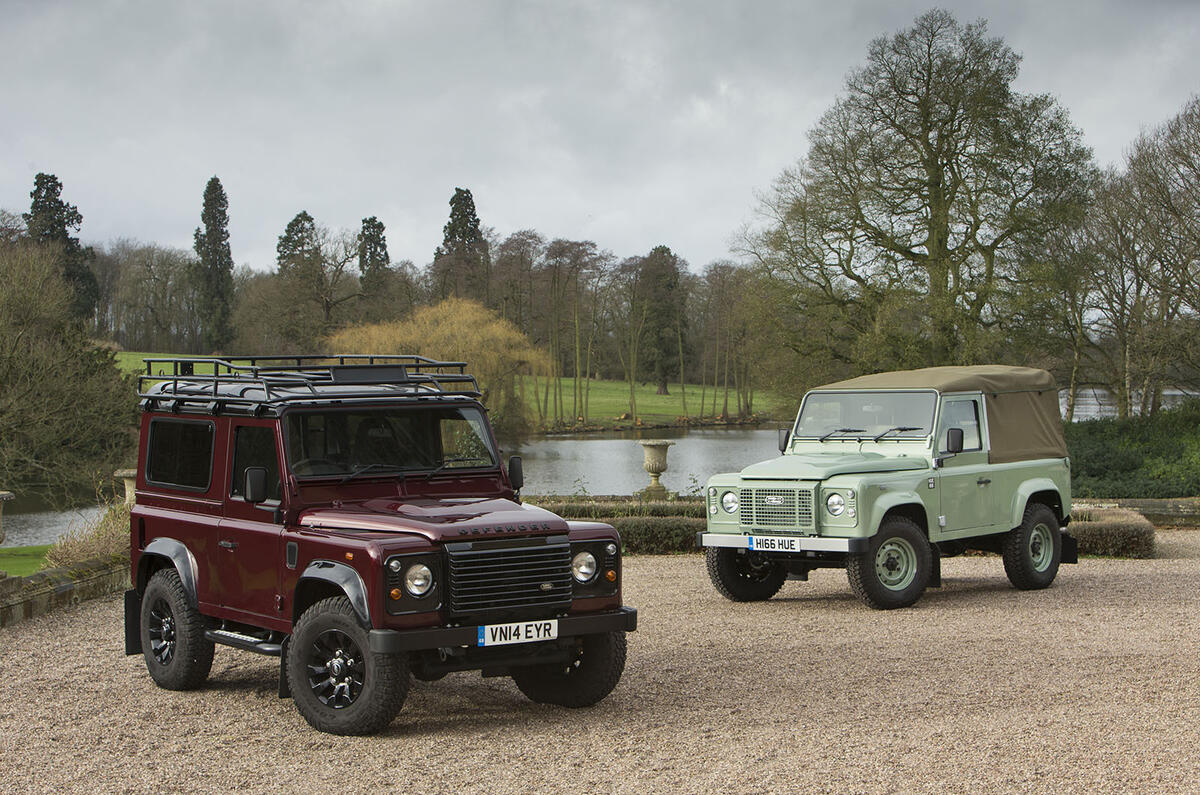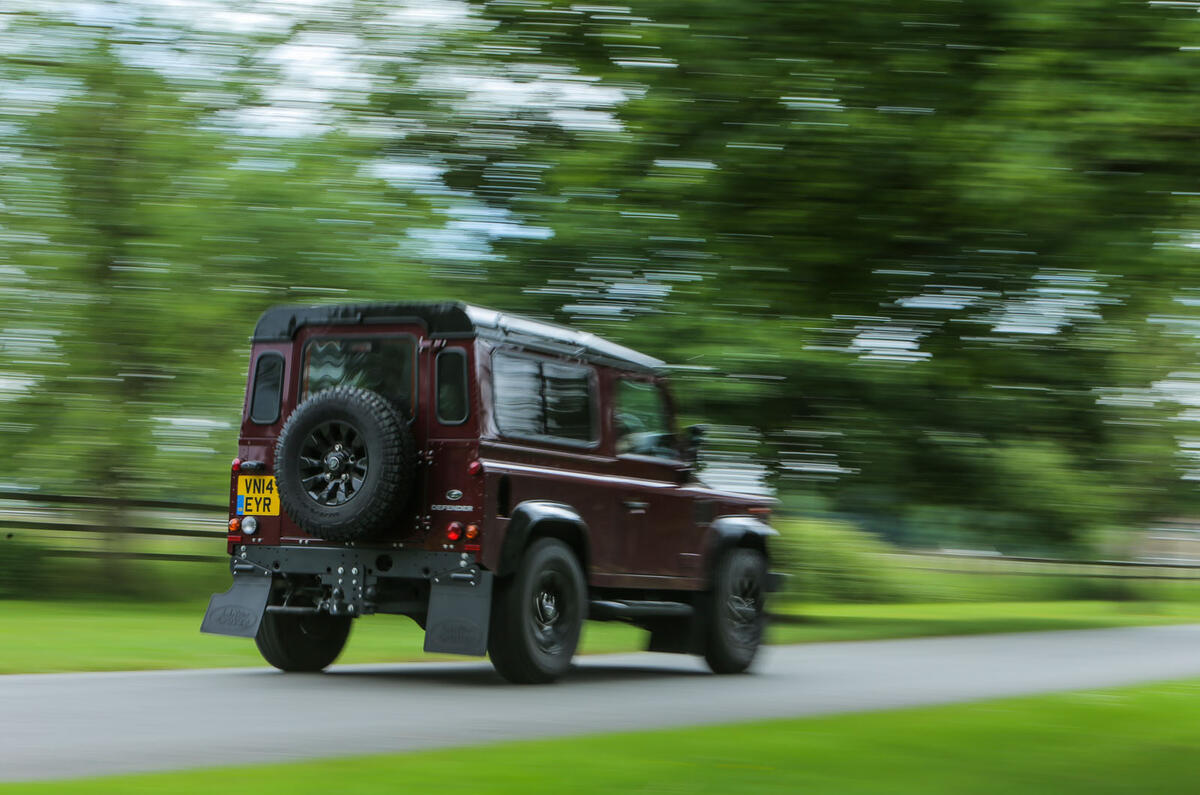Land Rover Defender owners wave when they pass each other. At least, most do.
Given that an estimated 70% of all Series Land Rovers and Defenders ever made – 2,016,933 vehicles – are still on the road, that’s a lot of waving. Naturally, being English, it can be a bit embarrassing, but it comes with the territory.
But it felt to me like there was a difference between the waves I shared with other Land Rover drivers on Thursday 28 January and the ones offered on 29 January. On the Friday morning, production of the Land Rover Defender ceased, the factory fell quiet and an inordinate number of people seemed to know it: the Defender was no longer a new car.
Within a few years, it will probably be rebranded as the ‘Defender Classic’, and not long after that all Defenders – like Series Land Rovers are already – will be classic cars.

At least, in theory they will be. The truth is, most Series Land Rovers or early Defenders – the name was taken on in 1990 – aren’t used like normal classic cars today.
Land Rovers live outside and are put to use as agricultural workhorses, their ‘Meccano’ style of assembly meaning that there’s no reason an old Land Rover has to die.
Expired parts can merely be bolted and unbolted from the chassis. And if that rusts away? Well, you can get a new one of those, too. It’s the cherished later ones, like the final Heritage-spec 90, that’ll be the ones most likely to be nestled inside humidity-controlled garages.
Neatly coinciding with the end of Defender production is the end of my time with Autocar’s long-term Defender, a 14-plate, short-wheelbase 90.
It came to us in the kind of specification that was increasingly common on later Defenders: a vehicle more about lifestyle than livelihood. It’s an XS Station Wagon, which means it gets two seats in the back and a veritable raft (sort of) of comfort and convenience features in the front, such as heated seats, air conditioning and, er, well, that’s about it.








































































































































Join the debate
Add your comment
No final waves just yet
Even Africa seems to be saying goodbye to the Defender...
@K12479
289 is a prick. An obscenely